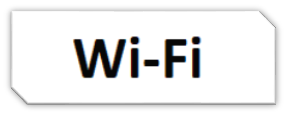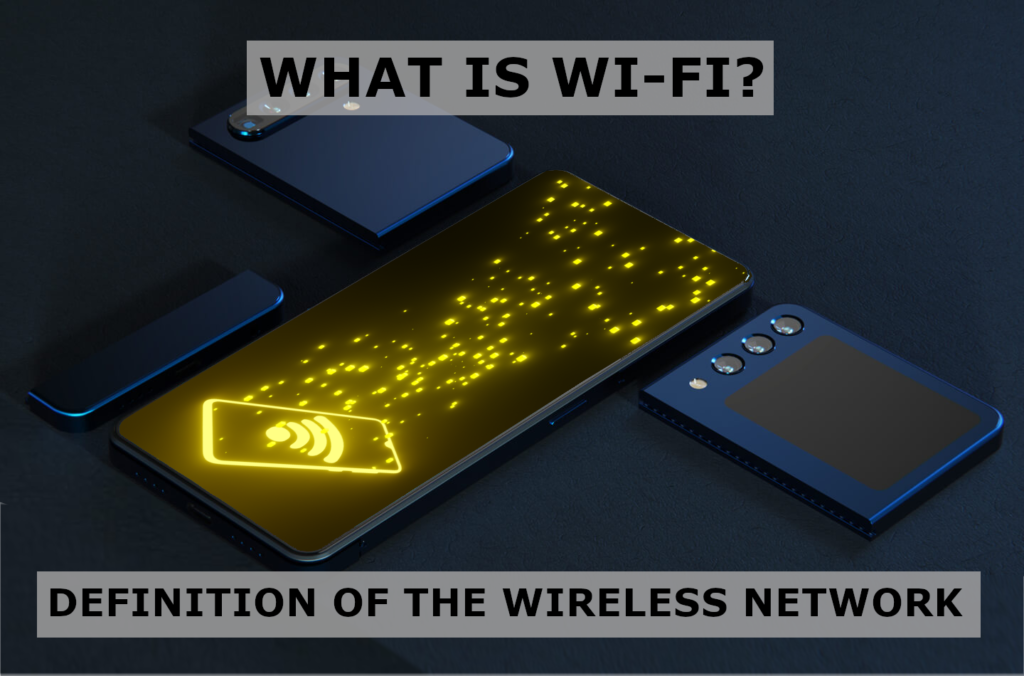
Wi-Fi is a set of standards required for the correct operation of a wireless network. A special type of network is the combination of devices into a local area network (LAN) connected by radio communication, i.e. WLAN (Wireless LAN).

IEEE – Institute of Electrical and Electronics Engineers, an organization that brings together people professionally related to electricity or electronics. One of the basic activities of this organization is setting standards for electronic devices. Thiers most popular standards:
IEEE 754 – standard for operations on floating point numbers.
IEEE 802.1 – Standard for LAN, MAN and WAN.
IEEE 802.3 – standard for Ethernet
IEEE 802.11 – standard for Wi-Fi Network
IEEE 802.15 – standard for Bluetooth
IEEE 802.16 – standard for WiMAX.

802.11 is a group of standards that describes the physical layer and MAC basis of wireless WI-FI networks. It supports six completely independent protocols focused on encoding (a, b, g, n, ac, ax). There are also other names (such as c or f), which are only a correction to other protocols.
The range of frequencies used in 802.11 is not licensed and therefore it is possible to use and transmit networks in these frequencies without any authorization. However, there are limits to the power radiated by the transmitter, which makes it impossible to broadcast your own Wi-Fi network to large areas, such as cellular networks.
In this book, we will understand and use the IEEE 802.11 standard which defines the standards and regulations for wireless Wi-Fi networks. The name Wi-Fi mean wireless fidelity.

Currently, the Wi-Fi network operates in the band of two frequencies:
2,4 GHz (2400MHz - 2485MHz)
-
5 GHz (4195MHz - 5825MHz)
The latest version of the 6GHz network is also being developed, which will be a response to the 5G telephone network. This answer is required in order to deliver better speeds and lower latency than the latest cellular network. In addition, the 5GHz Wi-Fi network is no longer able to support the Internet speeds provided by fiber optic cables, e.g. 1GB / s.
Why is it worth using/having a Wi-Fi network?
- Cheap, quick, and easy to install
- Using free internet access via the so-called HotSpots
- Freedom and mobility. Seamless connection of devices (laptops, telephones, TV, etc.).
- Insensitivity to lightning
- The ability to connect and exchange data even while on the move.
- Possibility in buildings and rooms where there is no possibility of cable connection.
Are there any downsides to using Wi-Fi?
- Other devices (Bluetooth, microwave ovens, telephones, radars, radio-TV stations) also work in the 2.4GHz network. This can result in weakening and jamming each other’s networks.
- These networks have a relatively small range outside rooms. Additionally, any wall, tree or other obstacle reduces this range.
- A network left without proper configuration is an easy target of attack and allows access to devices currently connected to an unsecured network.
- Wi-Fi speed is not as good as cable solutions, but it is enough to surf the Internet freely. Additionally for now it provides much better latency and speed than cellular networks.







